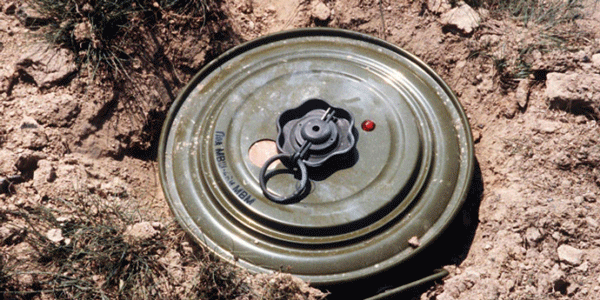The UK government has committed an additional USD 5.5 million to support landmine clearance in Zimbabwe’s Mashonaland East and Mashonaland Central provinces.
The funding, announced Wednesday by British Ambassador Pete Vowles, is part of the UK’s Global Mine Action Programme (GMAP) and will be distributed to two organisations, The HALO Trust and the Mines Advisory Group (MAG).
The increased funding aims to accelerate Zimbabwe’s progress toward its goal of becoming landmine-free by 2025. This initiative is critical for releasing land for agriculture, housing, and social services while reducing the risk of landmine-related accidents. The funding is also expected to create new employment opportunities, particularly for women, in demining operations.
During a visit to Rushinga, Mashonaland Central, Ambassador Vowles commended the local deminers for their courage and dedication. “I want to salute the bravery of the deminers working to create safe environments in Mashonaland East and Central. The UK is committed to achieving a mine-free world, and this additional funding will enable MAG and HALO to continue saving lives and supporting economic development in affected communities.”
Oliver Gerard-Pearse, Programme Manager for HALO in Zimbabwe, expressed gratitude for the UK government’s ongoing support, stating, “This funding ensures that fewer children in Rushinga and Mudzi have to choose between walking through minefields and getting an education, and fewer parents will risk their lives farming near dangerous explosives. We appreciate the collaboration between the UK government, MAG, HALO, and the people of Zimbabwe, which makes this life-saving work possible.”
The new funding follows the UK’s previous commitment of USD 22.2 million, announced in February 2024, to support mine clearance in eight countries, including Zimbabwe. Under this latest allocation, MAG will focus on clearing mines and providing risk education in Mashonaland East, while HALO will operate in both Mashonaland East and Central.
Zimbabwe’s landmine contamination dates back to the 1970s, during the liberation war, when the white minority government deployed explosives along key border areas. Today, around 18.3 km² of land remains contaminated, posing significant risks to local populations. Zimbabwe is among the few countries actively working to meet the 2025 mine clearance deadline set by the Ottawa Convention.

